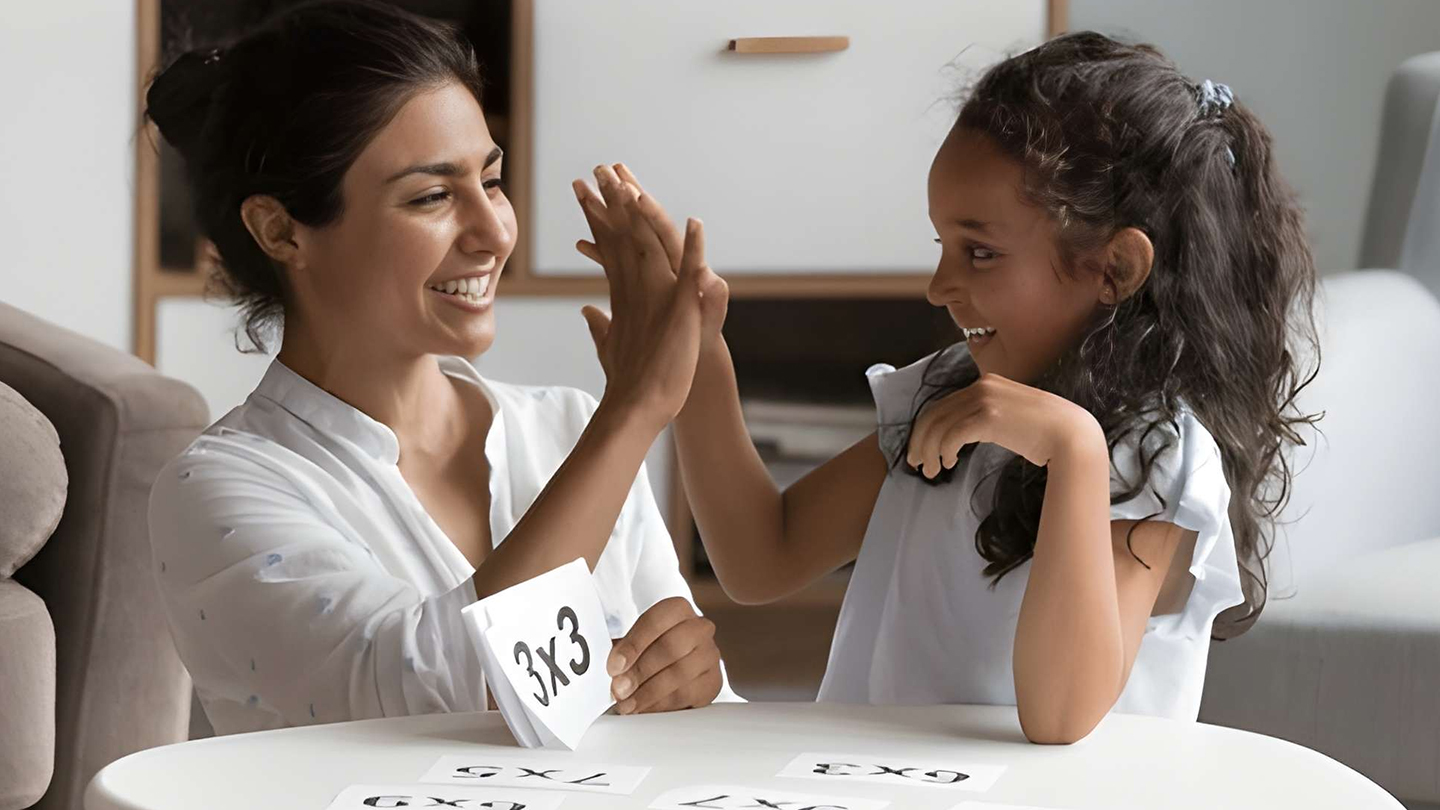Parenting
Breathing Exercises for Kids: Fun, Quick, and Truly Effective
Easy-to-follow breathing routines designed to support calmness, better concentration, and emotional balance in your kids.

1. Belly (Diaphragmatic) Breathing
Ask your child to sit or lie down comfortably. Place a hand on their tummy and another on their chest, and encourage them to breathe in slowly through their nose until their tummy rises. Their chest should stay relatively still. Then let them breathe out gently.
Why it helps: This activates the parasympathetic nervous system, helping to calm the ‘fight or flight’ response. It lowers heart rate and encourages relaxation. It also teaches your child to be more conscious of their breathing, building a lifelong tool for managing stress.
Related Story: This Mindset Can Reduce Stress and Help Raise Smarter Kids
2. Bunny Breathing
Ask your child to sit upright, “like a bunny.” Ask them to take three quick sniffs through the nose, then breathe out slowly in one long exhale.
Why it helps: This playful method is great if a child finds deep breathing too slow or boring; the quick inhales energise, while the long exhale releases tension and helps regulate breathing.
3. Rainbow Breathing
Ask your child to imagine smelling a beautiful flower. Encourage them to breathe in slowly through their nose, “taking in” the colours, and then breathe out gently to “blow the petals”. Repeat a few rounds.
Why it helps: This uses imagination and visualisation, which makes the exercise fun and emotionally uplifting. It also encourages mindfulness and a positive mental image, reducing stress and promoting calm.
4. Star Breathing
Draw or trace a star together. As your child traces one side, ask them to breathe in; as they trace the next, breathe out. Continue around the shape.
Why it helps: This gives structure to breathing, making it predictable and safe for children. The visual tracing also helps improve attention, which supports emotional regulation.
Related Story: A Day At The Picnic—Fun And Interactive Yoga Session For Kids
5. Blow Out the Candle Technique
Ask your child to pretend there’s a candle in front of them. Encourage a deep inhale, then a slow, steady exhale to “blow out the flame”.
Why it helps: These breaths encourage long, controlled exhalations, which help calm the body. The imaginative play aspect makes it enjoyable, and the focus on “blowing out” supports self-regulation.
6. Snake (Hissing) Breath
Ask your child to breathe in through their nose, then let the air out with a soft “sss…” like a snake.
Why it helps: The gentle hissing sound provides a calming sensory input. The vibration during exhalation is soothing, and this technique can help release tension effectively.
7. Bumblebee (Bhramari) Breath
Ask your child to sit comfortably, breathe in through their nose, and hum softly as they exhale, like a buzzing bee.
Why it helps: The humming vibration stimulates calming sensory nerves and can reduce anxiety; it’s very grounding, helping your kids settle into a peaceful state.
Related Story: Restorative Yoga Poses For Kids
8. Counting / Mindful Breathing
Sit with your child in a quiet spot. Encourage them to breathe in while counting quietly (for example, 1 to 5) and exhale while counting again. You can add a gentle phrase like “I am calm” or “I am safe” if it feels right for them.
Why it helps: Counting gives structure and focus. It keeps the mind engaged in the present moment and helps regulate breathing rhythm. Using a calming phrase anchors the breath in a positive affirmation.
9. Belly Balloon / Teddy-Bear Breathing
Have your child lie down and place a soft toy on their tummy. Ask them to watch the toy rise as they inhale and fall as they exhale. Alternatively, they can imagine their belly inflating like a balloon.
Why it helps: This visual and physical feedback (toy rising/falling) makes it easy for your children to understand what “deep breathing” feels like. It’s also soothing and builds awareness of the breath.
Tips to Encourage Kids To Practice Breathing Exercises:
- Practice when calm: Introduce these exercises in relaxed moments, not only during meltdowns.
- Role-model: Do the breathing exercises together. Children learn better when they mirror adults.
- Use visuals and props: Star cards, toy candles, or soft toys make the practice more engaging.
- Make it routine: Add a short breathing break before bed, after school, or during transitions. This builds the habit.
- Keep it short: Especially for young children, a few breaths are better than long, drawn-out exercises.
Related Story: Make Exercising Fun For Your Kids
Your calm is just one breath away. Begin your child’s mindful breathing journey today and feel the shift in their focus, their mood, and their everyday confidence. Small practices, when done consistently, build lifelong resilience. Help them start now.
EXPLORE MORE
We’re told to encourage our kids, but could “amazing!” and “perfect!” actually fuel self-doubt? And is there a better alternative to encourage children?
From nutrition to physical activity, here’s a checklist for often-missed precautions.
You don’t need a fancy setup or expensive toys to boost your child’s brainpower. Here’s how Montessori-inspired home activities can foster focus, memory, and problem-solving skills.
Here’s how to help your kids and yourself ease back into calmer routines without losing your sanity.






.jpg)

